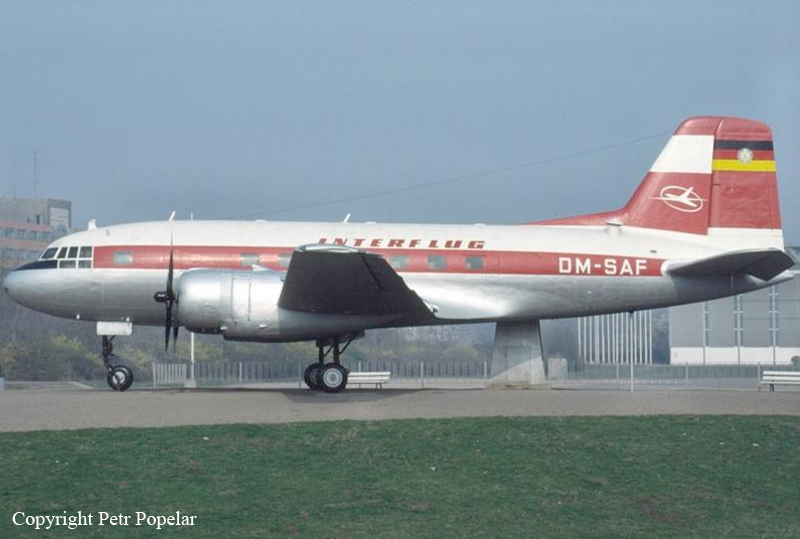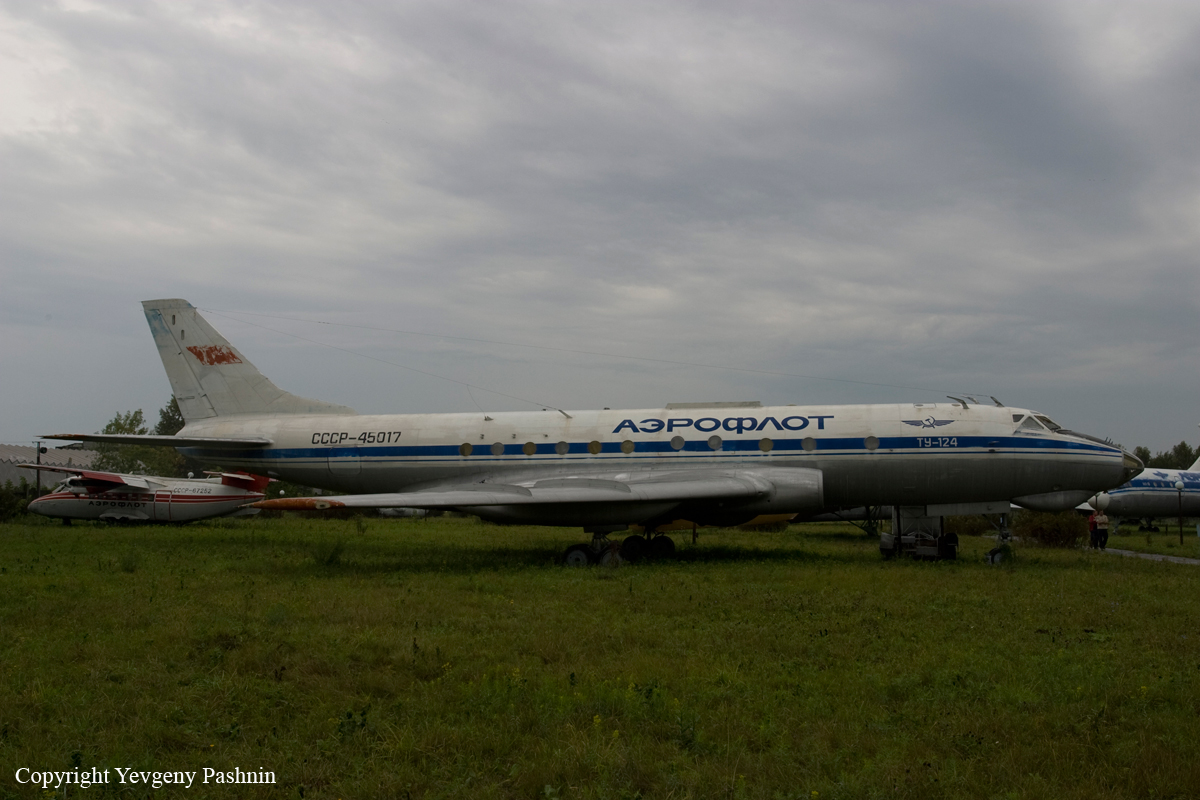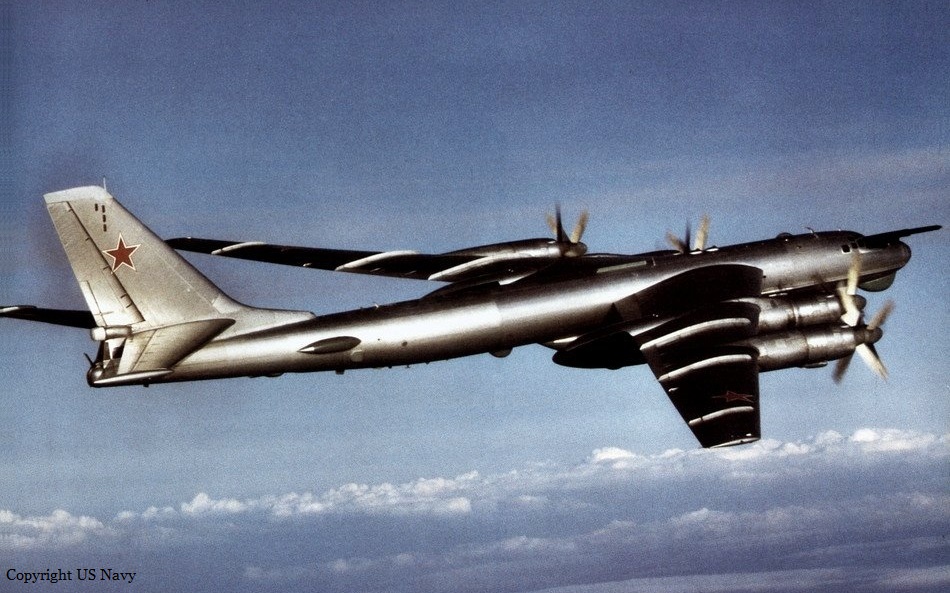Crash of a Lisunov LI-2 near Karakulino: 4 killed
Date & Time:
Jun 6, 1976
Registration:
CCCP-13345
Survivors:
No
Schedule:
Moscow - Tyumen
MSN:
2 34 419 01
YOM:
1952
Crew on board:
4
Crew fatalities:
Pax on board:
0
Pax fatalities:
Other fatalities:
Total fatalities:
4
Aircraft flight hours:
5444
Circumstances:
The crew encountered turbulences in flight and decided to continue at a relative low altitude of 290 metres. After four hours of flight, fuel reserves were low and the left engine started to misrunning. The captain decided to reduce his altitude and to attempt an emergency landing when, at a height of 45 metres, the aircraft struck five telephone steel cables with a diameter of 4,3 mm. The airplane stalled and crashed on the shore of the Kama River. All four crew members were killed.







